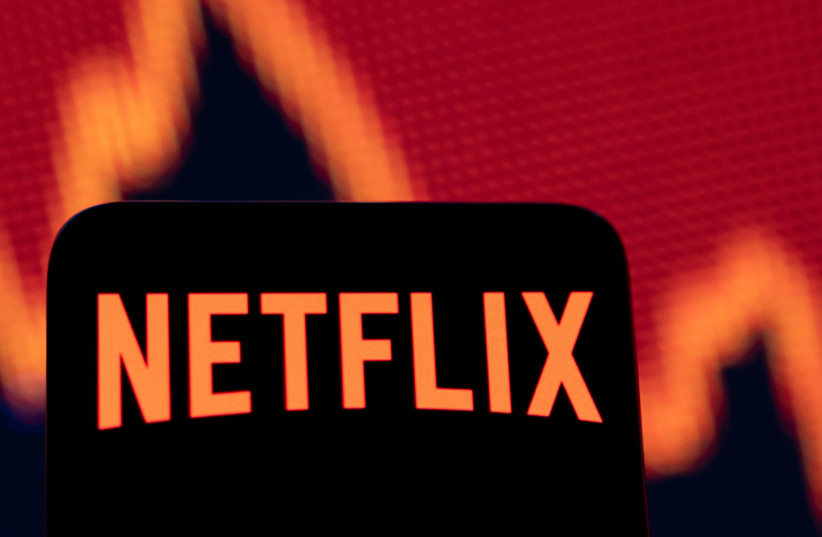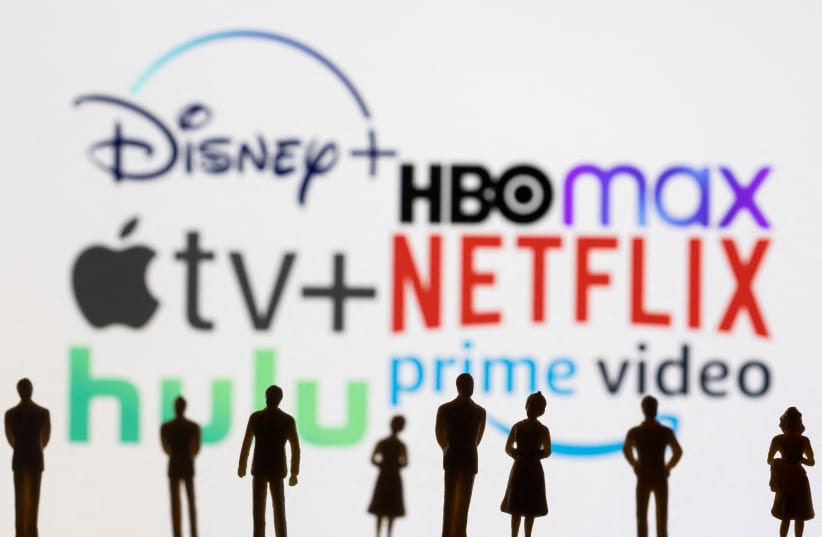Has the streaming revolution reached its peak?
The return to a post-quarantine “normal” life, coupled with a growing cost-of-living crisis, has caused a problem for many businesses, and streaming is not exempt. Unfortunately, that means adjustments to meet the moment in today’s businesses, including ways to manage spending, canceled projects, and revisiting business models. We’re seeing the beginning of content consolidation, and entertainment consolidation is likely next.
As consumers move from cord cutting to subscription cutting, a new strategy will appear among streaming and entertainment giants, producing new offerings, and creating unlikely partnerships, to remain competitive and continue to align with ever-changing preferences. Streaming will become just one element of a wider, bundled set of content.
The rise of entertainment partnerships
Consumers have already adapted to combining phone, TV, and internet into bundles, but moving forward, we’ll see the launch of larger partner ecosystems. These partnerships will usher in a new wave of combined subscription platforms. Instead of a traditional triple-play offering, bundles can be powered by a diverse ecosystem of partners that deliver best-in-class services from all sides of the media community. And we’ll see this beyond just communications service providers (CSPs); take Wal-Mart for example, who will now bundle Paramount+ with its Walmart+ annual subscription.


While free trials are nothing new, when done properly, long-term entertainment partnerships can boost audiences and help retain customers of both businesses. If consumers are receiving several different types of entertainment through partners in one bundle, it may make it harder for them to leave or want to “churn and return.” Additionally, if consumers are ‘locked in’ for an extended time, it gives the platform enough time to showcase its worth and get them to stay once the free period is up.
The new generation bundle
Besides bundling partnerships, new-found “experience bundles” will begin to emerge to capitalize on rising trends like cloud gaming or AR/VR and the metaverse. In fact, a recent Amdocs report found that most consumers (78%) are willing to pay at least $10 for cloud gaming if they could ensure a bundled 5G connection as an add-on, while almost half of these respondents (44%) would pay more than $20.
This also means networks need to be future-ready for in-demand and seamless experiences, including the evolution of using AR/VR for the metaverse and the supercharging of low-latency cloud gaming. As these new digital experiences become more ingrained in our everyday lives, entertainment partnerships like these and new, flexible monetization approaches built on a foundation of 5G connectivity will become increasingly popular.
Preparing to monetize these new offerings
As experiences become more a la carte, there is a need for a new kind of monetization approach that can be fine-tuned and uniquely tailored to end-users, backed by machine-learning, to understand what they may want or need to fit their experience preferences. This will be essential to remain competitive in this new digital world.
For instance, building a package could include everything a consumer personally needs for their connected lifestyle, such as accessing the metaverse, working from home, and streaming television or cloud gaming. This includes varied connection needs and strengths that can seamlessly transition from indoor wireless access to outdoor coverage as well as the necessary hardware accessories like VR/AR headsets, controllers, monitors, etc. Every individual will want a package that fits their unique wants and needs to bundle the best connection, hardware and services for their preferred experiences.
Things will only become more complicated
Entertainment is constantly evolving. Therefore, today’s businesses need to remain pliable too and consistently look at new ways of engagement and monetization to remain competitive and deliver on consumer preferences. These next generation bundles and partnerships will require 5G’s high throughput and low latency benefits that can reliably support intensive, seamless experiences on demand—making the future of media bundled and personalized for all.
The writer is Chief Executive Officer, Vubiquity and General Manager, Amdocs

